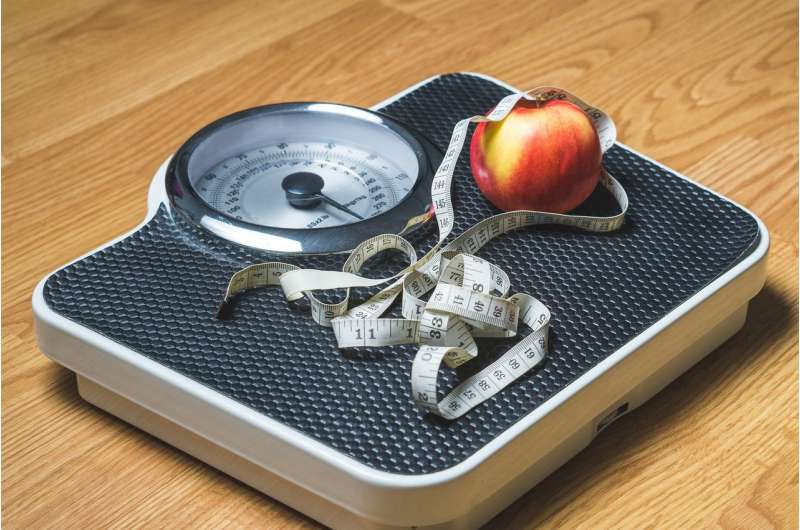This article has been reviewed according to Science X's editorial process and policies. Editors have highlighted the following attributes while ensuring the content's credibility:
fact-checked
peer-reviewed publication
trusted source
proofread
Research team may have found the key to stimulating human brown adipose tissue into combating obesity

A UCLA-led team of researchers has found nerve pathways that supply brown adipose tissue (BAT), a type of tissue that releases chemical energy from fat metabolism as heat—a finding that could pave the way toward using it to treat obesity and related metabolic conditions.
The researchers have for the first time detailed this nerve supply and provided examples of how manipulating it can change BAT activity, marking a first step toward understanding how to use it therapeutically, said senior author Dr. Preethi Srikanthan, professor of medicine in the division of endocrinology, diabetes & metabolism, and the director of the Neural Control of Metabolism Center at the David Geffen School of Medicine at UCLA. The largest deposits of BAT are in the neck.
"We know from previous literature that the sympathetic nerve system is the main 'on switch' for BAT activity," Srikanthan said. "However, the sympathetic nervous system is also responsible for many other stimulatory effects on organs such as the heart and gut. Finding a way to increase activity of BAT alone has been challenging, so finding out the path these sympathetic nerves take to BAT will allow us to explore ways of using nerves to provide a very specific stimulus to activate BAT."
The paper was published Oct. 4 in the journal PLOS One.
The researchers dissected the necks of eight cadavers to trace the distribution of sympathetic nerve branches in the fat pad above the clavicle. They found nerve branches in all the dissections from the third and fourth cervical nerves to BAT. Further, they demonstrated that BAT activity had changed in clinical cases where neck pathology, such as an increase in BAT temperature following removal of a tumor, had effected a change in the nerves.
"There is a need to find long-term solutions for obesity, and while we are lucky to have effective drugs such as Wegovy and Mounjaro, people need to take them long term for weight loss," Srikanthan said.
The researchers hope to use the knowledge gleaned from this study to find a way to coax BAT into producing a constant source of fat-burning heat.
"There is literature suggesting—and we are doing another study to confirm it—that these drugs act by stimulating BAT," she said. "By identifying the nerve pathways supplying BAT we hope to explore methods of chronically stimulating nerves to BAT and hopefully achieving similar therapeutic outcomes of weight loss."
Study limitations include the small number of cadavers dissected and the high age of the donated cadavers, which have a smaller amount of BAT compared to younger bodies.
Study co-authors are Dr. Shumpei Mori, Ryan Beyer, Dr. Breno Bernardes de Souza, Julie Sorg, Dr. Harold Sacks, Dr. Michael Fishbein, Dr. Grace Chang, Dr. Warwick Peacock, Dr. Maie St. John, Dr. Olujimi Ajijola, and Dr. Kalyanam Shivkumar of UCLA; Dr. Donald Hoover of East Tennessee State University, and Dr. James Law and Dr. Michael Symonds of University of Nottingham, UK.
More information: Sympathetic innervation of the supraclavicular brown adipose tissue: A detailed anatomical study, PLoS ONE (2023). DOI: 10.1371/journal.pone.0290455





















